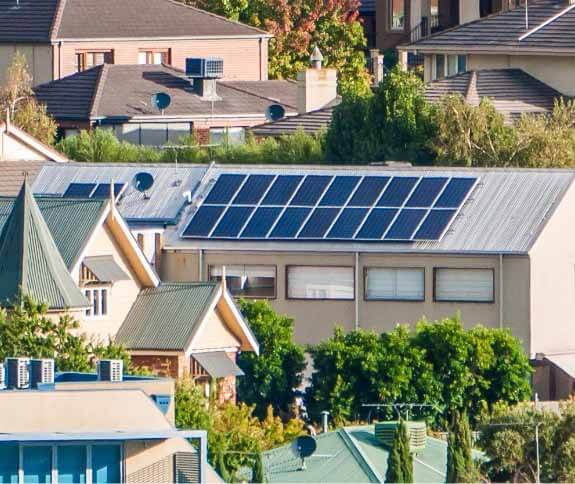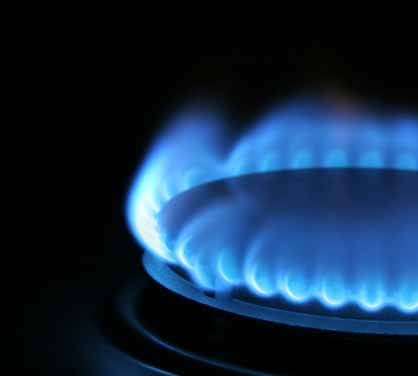Okay so you’ve heard solar can save you big bucks and it’s a great investment, but what is the typical Solar System Payback Period and how long until you’ve pocketed enough savings to have covered the costs of buying your Solar System?
Here’s a hypothetical example:
Considering the average household’s energy usage, sunlight hours in Australia, current rates for electricity and Feed in Tariffs, a household with a 6kW system could be looking at up to an 80% reduction on energy bills.
This would make a typical Solar PV System’s ROI 2-5 years. For States that offer additional incentives on top of the Federal Government Small-scale Renewable Energy Scheme (SRES), it could be even less.
Payback periods for solar systems can vary from household to household and there are a few factors that will impact your ROI.
Factors that could affect your ROI
Location and panel direction
The more sun your solar panels receive means the more energy they will generate. If your home is located where daylight hours or sunny days are plentiful then your ROI will be faster than someone whose household is not.
Solar panel positioning and roof direction
The position and direction of your solar panels can affect how much sunlight they’ll receive and therefore how much energy is generated for your use. First off, avoid having your Solar Panels installed where they could get shaded throughout the day. E.g. near large trees.
Find out the ideal orientation for your panels here
Changes to Government subsidies
If the Federal Government Small-scale Renewable Energy Scheme (SRES) is eliminated, the cost of Solar PV Systems will rise and therefore the ROI timeframe will increase.
If the State you live in has or introduces a new subsidy, rebate or incentive that you can combine with the current Federal Government SRES then your ROI will be faster than someone residing in a state that does not have additional subsidies or rebates.
Your energy habits
To maximise your potential solar savings those installing solar power systems will need to adjust their energy habits and shift the majority of their energy usage to during daylight hours, whilst the solar panels are generating energy. Find some handy tips to help you adjust your habits here.
Finance
If you’re paying for the Solar PV System on finance, the interest of this finance could increase the ROI timeframe. You’ll want to work out how much extra time this is going to add, to ensure finance is the best option.
IMPORTANT
Ensure your selected installer is a SAA Accredited Installer and the system’s parts are CEC accredited. If not, you won’t receive the Federal Government rebate Small-Scale Technology Certificates (STCs).
Work out your predicted ROI
Check out our Solar Savings Calculator! It’ll help you determine the estimated payback period and financial returns from investing in solar, plus it will also estimate what your bills will be after installing your system.











